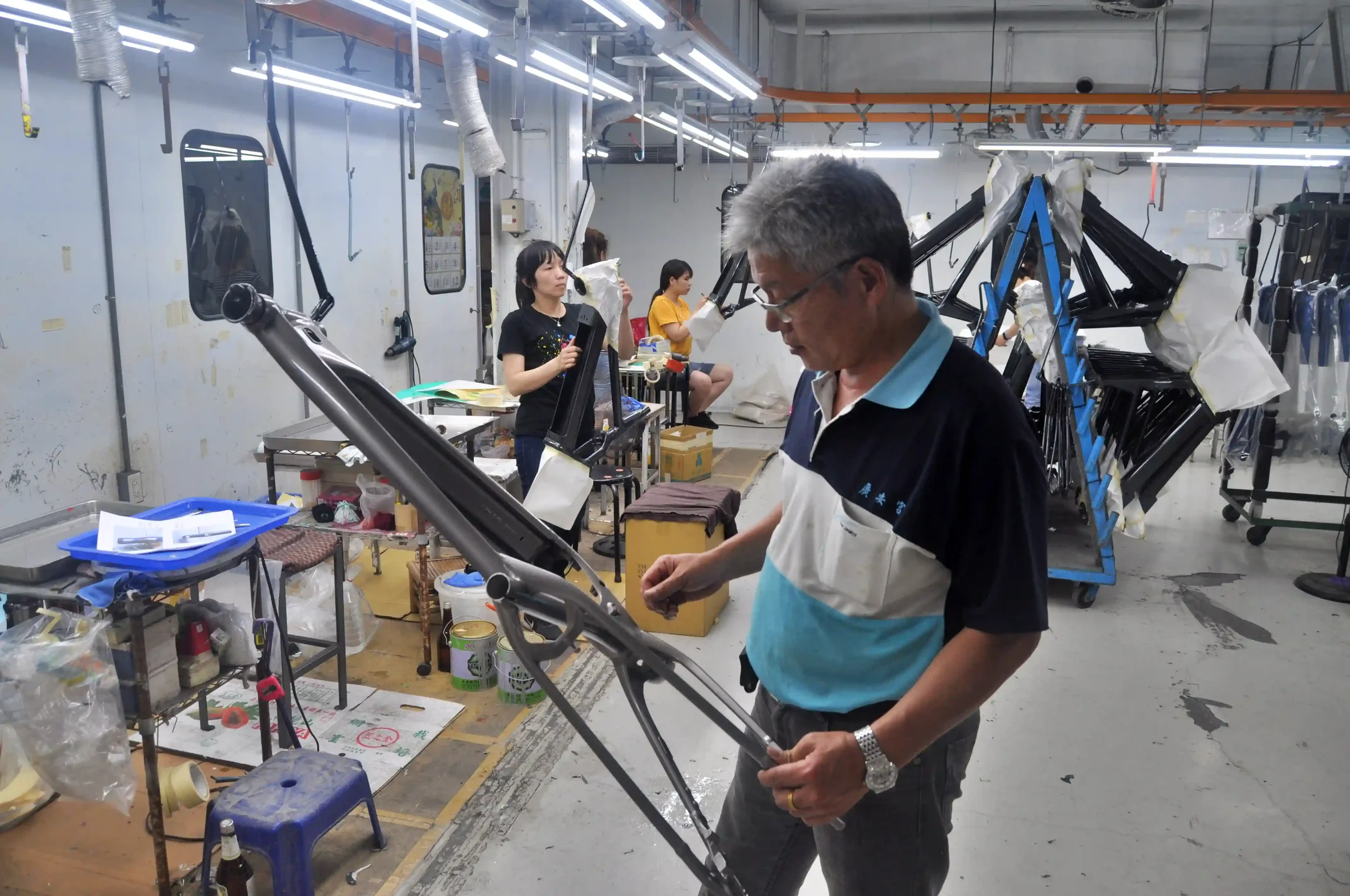Tips for Crowdfunding Startups offering Bicycles and E-Bikes.
One of the most noticeable emerging trends in bicycle and e-bike manufacturing are the emergence of crowdfunding startups. A quick tour of crowdfunding sites such as Kickstarter and Indiegogo will find dozens of different startup entities seeking funds to build their own design. Sure enough, we receive many enquiries from such startups requesting our services. Some of these startups succeed with the crowdfunding operation by following through with production and fulfillment, eventually becoming an established company and brand. Still, a large percentage of crowdfunding startups fail to deliver on their bikes due to a plethora of unforeseen issues stemming anywhere from design, engineering, production, and fulfillment. Here are some tips concerning bicycle and e-bike manufacturing for any startup or brand seeking success from their crowdfunding operation.
1. Complete product development and confirm production capabilities before launching crowdfunding campaign.
This is a no brainer, but a huge number of startups do not complete product development before starting their crowdfunding campaigns. Any bicycle, e-bike, component, or accessory should have product design finalized, testing completed, tooling completed, and pre-production samples readied before proceeding with production. The element of development costs is usually the main issue why this part is put off until crowdfunding is completed, but that is an issue in of itself. Product development does not guarantee that testing and tooling will be 100 percent successful. In fact, if the product is truly unique and not readily available on the market (hence the crowdfunding), then it is likely because the design is not suitable for mass production in the first place. Product development will require time and costs which every startup should be prepared to undertake, without sacrificing quality and safety requirements.
Another aspect often ignored until after crowdfunding campaigns are wrapped up is production capabilities. Offering quantities way beyond the production capacity of your manufacturer will not only delay overall production schedule, but cause significant issues for the manufacturer in terms of cash-flow, production for their existing clients, and their supply chain readiness. Regardless of how successful the crowdfunding campaign becomes, make sure to only accept the amount of order quantities that you can guarantee production from your manufacturer.
2. Research and confirm fulfillment capabilities and costs before offering product to different countries.
Perhaps one of the biggest oversights made by startups is fulfillment capabilities. Import and export of bicycles and e-bikes are highly regulated throughout the world. There are different tariffs involved with importation of product with particular origin requirements, anti-dumping duties by Europe against China produced bicycles and e-bikes, and compliance regulations for certain bikes and components which are checked by customs officers upon import.
Research and confirm the fulfillment capabilities and costs ahead of time so that you can ensure fulfillment to customers of a particular country will be accepted when the time comes to ship.
3. Do not overpromise a rigid delivery schedule. Leave room for unforeseen issues.
Delays from the supply chain is a regular occurrence, especially during the Covid-19 crisis with raw material shortages, prolonged component deliveries, and long shipping times. Do not overpromise a rigid delivery schedule and be sure to leave some room for dealing with unforeseen issues.
After receiving confirmed delivery dates from your entire supply chain followed by factoring of production and shipping time, it will be essential to leave 30-60 days of breathing space just in case there are unforeseen issues. This will provide you with ample time to handle any potential issues that may arise from your first production.
4. Carry out basic due diligence of the product supply chain.
Rather than going with the lowest bidder, research the suppliers to ensure that they can produce quality product. Conducting proper due diligence will ensure that the bicycle and e-bike production will be in good hands from production to market launch. It will also protect the startup from potential liabilities and problems with manufacturers and end users.
5. Conduct quality inspections.
This cannot be stressed more. Having on-site inspection of the production and end product is essential because it eliminates potential issues that will derail the crowdfunding campaign once the first customers begin to receive product. Bicycles and e-bikes need to be inspected thoroughly for specification accuracy, quality compliance, and tested for functionality. Additionally, the packaging and vanning of bikes must be observed to ensure shipping will not cause unnecessary damages. For bikes that need to be fulfilled to different countries, be sure to check for compliance regulation requirements.
6. Make sure to order spare parts for servicing and warranty obligations.
Certain bicycle and e-bike parts and components are prone to failure either from factory to customer or after usage. To ensure your customers are able to acquire replacement parts for general servicing and warranty will require ordering of spare parts along with your production order. Ordering spare parts together with your production order will ensure that the parts be produced and delivered together. If the campaign is one-off and spare parts cannot be stockpiled for future servicing purposes, then it should be noted in advance, together with methods which the end users can acquire replacement parts in the future.











